First written information about towns from the Tarnów region comes from the beginnings of the 12th century. In surviving documents we can find names of local villages such as Tarnów, Ciężkowice, Lubaszowa and Tuchów. In the 13th century Wojnicz is already a town, home of the Wojnicki Castellan, who rules one of the biggest districts in Poland of that time. 14th century is an era of intensive development. In the Tarnów region new cities of Tarnów, Ciężkowice, Ryglice, Tuchów and Żabno are created. Numerous privileges, bestowed by King Kazimierz the Great as well as location along major trade routes greatly influence their growth. Middle ages is a time of the greatest prosperity for the towns of the region. The right of organizing fairs is bestowed on additional cities.
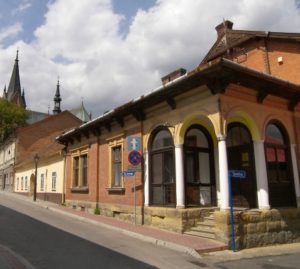
Unquestionable leader are Ciężkowice which were allowed to conduct 5 fairs a year. How important were these, can be best illustrated by a decision of king Zygmunt August from the year 1518 which abolishes a week long fair in Zakliczyn, which was the main competition to Czchów. Number of different craft guilds start to appear in the cities. With time they began to „specialize” and concentrate on specific crafts. In this way Czchów becomes the second largest weaving center in Małopolska. End of an era of rapid development of Tarnów region falls on the end of the 17th century. Hand in this had invasions of foreign armies, including the Swedes and Hungarians, epidemics, sicknesses and famine brought about by crop failures. Devastated cities still did not regain their grandeur. Weak signs of development were muffled at first by partitions of Poland and later on by both world wars. Only after 1989, did the local governments, chosen in free elections, begun a systematic work on revitalizing these towns. Towns and cities of the region are becoming more citizen and tourist friendly. Tourists are especially enchanted by local architecture, climate and folklore.
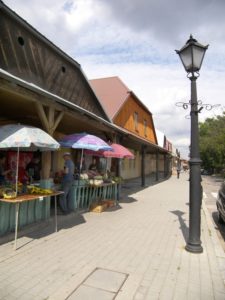
Oldest information about Ciężkowice can be found in the document issued by Bishop Idzi confirming property of the Tyniec monastery, dated 1123-1125. Settlement received city rights in 1348. Those were granted by king Kazimierz the Great in a location act. Till this day, a medieval layout of the city is still in tact, with a spacious rectangular city square and a pair of streets running out from each corner. Specific climate of Ciężkowice is created by brick and wooden houses with arcades from the 18th and 19th century. These are log houses on a foundation constructed from local sandstone. Its saddle roofs, supported by wooden columns create characteristic arcades. These, along with a 19th century brick city hall with an internal courtyard and a clock tower, located in the middle of the town square, add a characteristic charm to the city. When visiting Ciężkowice, it is hard to miss one of the kind natural reserve „Stone City”. On 15 ha of land different rock formations, created from the local Ciężkowice sandstone, can be found. These were given by nature odd shapes and forms. Thrown on the side of a hill small and large rock formations create an illusion of an ancient city. A must-see is also a manor house of I. J. Paderewski, famous composer and politician, located in a neighboring village of Kasna Dolna.
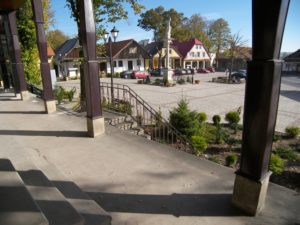
In the fork of Uszwica river and Górzański stream lays Lipnica Murowana. Oldest written records on this settlement come from 1325. In accounting books, a payment of 3 grzywny (currency and weight unit) is made by the priest from the Lipnik Parish. King Władysław Łokietek, bestowed Lipnica Murowana with city rights in 1326. Till this day a medieval layout of the city, with a circular city square and a pair of streets running from each corner has been kept. In the center, single storey wooden arcade houses survived. In fact buildings make up most precious historical monuments of Lipnica Murowana.
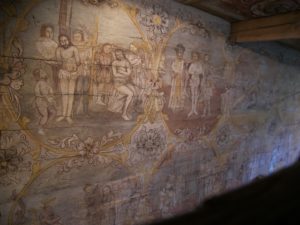
The most precious treasure of the town is an almost entirely preserved wooden, Gothic style St. Leonard’s church. As the legend says, Christian temple was constructed on the place of an old pagan worship in the year 1141. Since the 15th century, it has not been changed in any way, not including necessary maintenance and conservation works. Original architecture and furnishings give the church unique value. Recognizing extraordinary value of the temple in Lipnica Murowana, commission of the World Cultural and Natural Heritage, added the St. Leonard’s Church to a UNESCO World Heritage List on the 5th of July 2003. When visiting Lipnica Murowana, one has to remember the traditional, known world wide, competition for the biggest Easter palms.
Neighboring Nowy Wisnicz is known for the Lubomirskich Castle – the greatest Baroque residence in Poland.
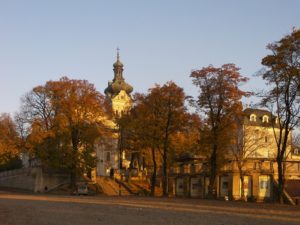
First written mention about Tuchów comes from the year 1105. It can be found in a document, in which pope’s legate informs about the fact that Tuków, which was its name at the time, was given to the Benedictine abbey by the wife of Władysław Herman, Duke of Poland. In 1340 King Kazimierz the Great granted Tuchów city rights. Major influence on this decision were great profits derived from a salt mine located in Tuchów. When city rights were granted boundaries of the city square were drawn up and in the middle a city hall was erected. This setup is still evident till this very day. Modern Tuchów is mainly a biggest, in the Tarnów Diocese, place of Blessed Virgin Mary worship. In the Redemptorists’ monastery we’ll find a painting of the Blessed Virgin Mary of Tuchów, which is known for many miracles. It was considered to be miraculous already in 1641. July holiday of the Blessed Virgin launches a week long church fair which draws in over one hundred thousand visitors from the whole country every year.
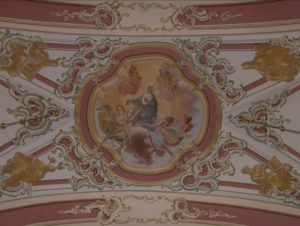
Wojnicz is a city which grew from a trading settlement located near the castellan’s castle. Kasztelania Wojnicka, or Wojnicka Castellany, was one of the greatest and most important in Poland in 11th and 12th centuries. City rights were bestowed on Wojnicz by Prince Bolesław Wstydliwy, before the year 1277. It was changed into Magdeburg law by the King Kazimierz the Great in 1349. Especially worth visiting are fortifications from the turn of the 11th century, called „Castellans Dikes”, built to protect the castellan’s castle located on the banks of Dunajec River. Gothic Saint Laurence Parish Church with interior decorated with baroque polychrome of Jan Neydörf from 1768; Saint Laurence’s Church bell tower and an assistant church of Saint Leonard’s from the 15th century are also worth visiting.
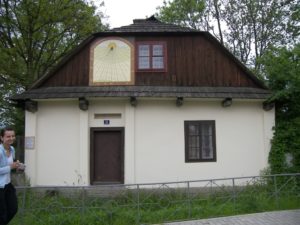
Zakliczyn, a town on the Dunajec River valley, was first known as Opatowice. First mention of it comes from 1215. Today’s name was taken on in 1558, when Spytek Jordan, owner of the close by Melsztyn, took it over from Benedictines from Tyniec. Zakliczyn was designed in a form of a spindle on an east-west axis, with a spacious rectangular city square and extending side streets from each corner. City architecture, was primarily wooden constructed on 9 pillars.
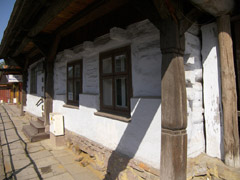
This construction provided walls complete freedom from the roof, which in turn allowed for further design of the building’s layout without invasion into roof’s construction. Three external pillars make up an arcade, supporting extended beyond sidewalks eaves. Several of such houses from the 19th century can still be found on Mickiewicza and Malczewskiego streets, including „under the scale” house which houses the local museum. When in Zakliczyn one has to participate in traditional fairs, which have taken place every Wednesday for 600 years.
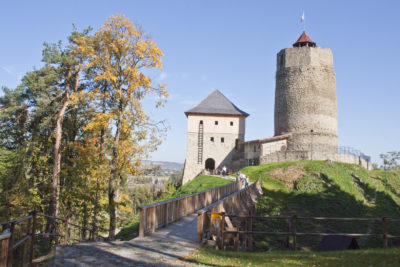
First written sources which regard Czchów, and pertain to years 1208-1218, can be found in the calendar of the Krakow Cathedral Chapter, which notes that Bishop Wincenty Kadłubek bestows the Krakow Chapter, with tax income from Czchów. Located on the „Hungarian trail”, settlement was home to the royal customs station, even before it was granted city rights. These were bestowed by Prince Leszek Czarny at the end of the 13th century. In 1355, Kazimierz the Great bestowed Magdeburg laws on the city. Till this day, original architecture with wooden arcade houses from the 18th and 19th centuries survives. In the south-eastern corner of the main square, a Gothic church of the Birth of the Blessed Virgin Mary from 1346 still stands. It showcases roman elements and precious „Via Crucis” frescoes. Czchów’s biggest attraction are ruins of a 14th century castle with a restored defense and watch tower.